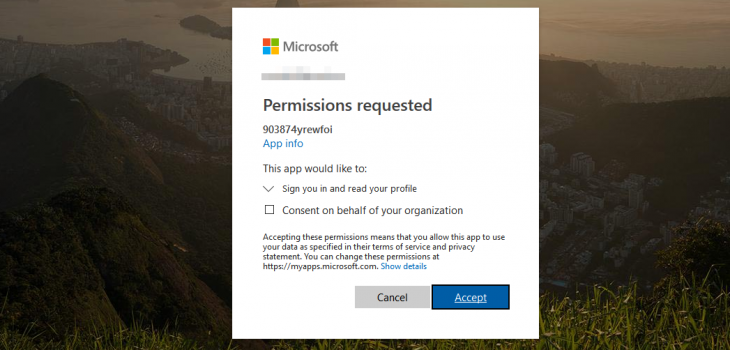 Community
Community
Day Two Cloud Podcast
Day Two Cloud is a podcast by Ned Bellavance. This podcast series is about what happens in the real world. Behind all the hype and buzzwords, what do hyper-scale and public cloud require?
In Day Two Cloud, Ned talks to people in the industry which have a story to share. Like what happened after successful cloud migration. Did everything work as you planned, or have you redesigned your whole project?
Digital Transformation Is More Than Just Cloud Migration
I was lucky to be invited as a guest in episode seven, where we talk about Digital transformation strategy in startups, government-owned, and larger organizations. What are their similarities and differences? What do they need help with, managing a public
The episode starts off by being fairly technical, but suddenly the conversation goes in a completely different and interesting direction. When we touch upon the human aspects of digital transformation.














